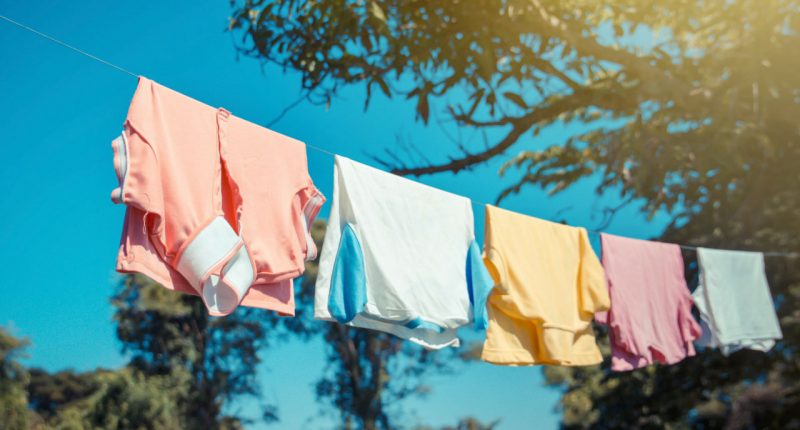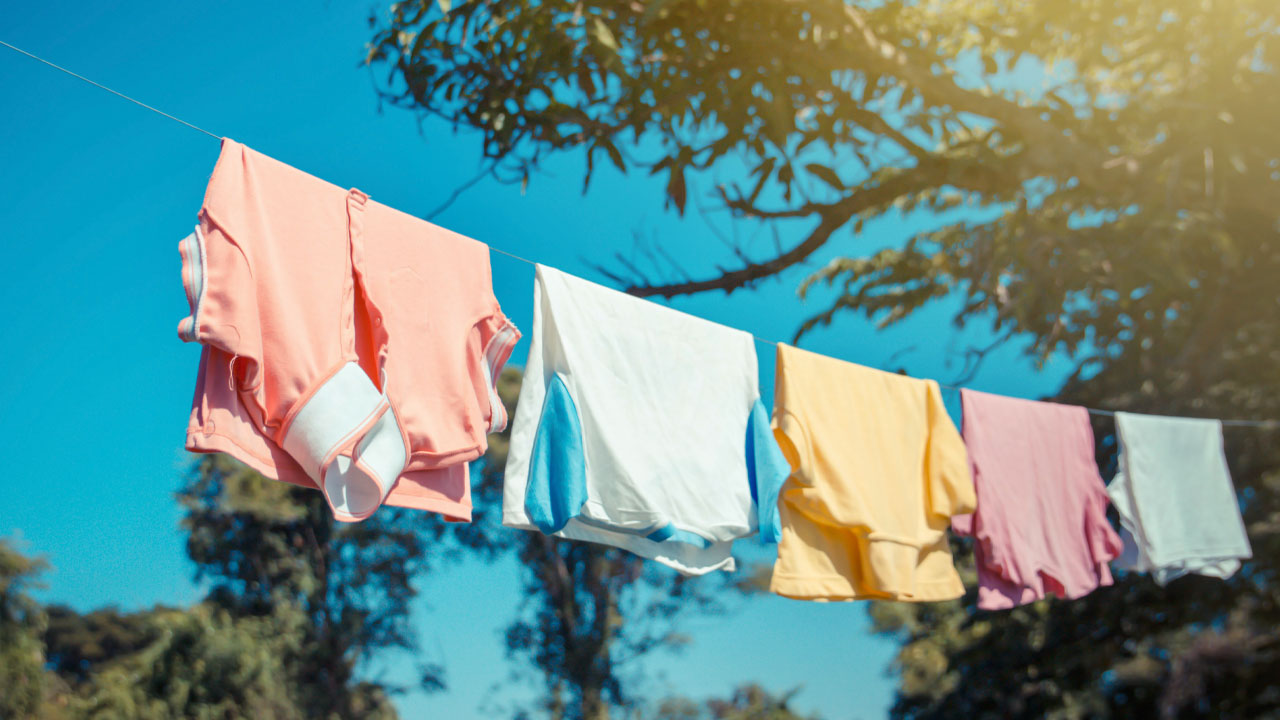- Nanollose (NC6) has filed a joint patent application with Grasim Industries for a high-tenacity lyocell fibre made from Microbial Cellulose
- Using the lyocell process, experts at Grasim’s Pulp and Fibre Innovation Centre have produced nullarbor fibre finer than silk and significantly stronger than conventional lyocell
- The lyocell market is predicted to be worth US$1.5 billion (roughly $1.93 billion AUD) by 2024, growing with a compound annual growth rate (CAGR) of around 8 per cent
- The joint patent application strengthens the intellectual property portfolio of both companies and provides protection for this innovative Tree-Free fibre technology
- Nanollose is up 28 per cent, trading at 6.4 cents
Bio-materials company Nanollose (NC6) has filed a joint patent application with Grasim Industries for a high tenacity lyocell fibre made from Microbial Cellulose.
Western Australian-based company Nanollose uses an eco-friendly fermentation process to grow fibres that could become a sustainable alternative to conventional plant-derived cellulose fibres.
Using the lyocell process, a team of fibre experts at Grasim’s Pulp and Fibre Innovation Centre have produced nullarbor fibres which are finer than silk and significantly stronger than conventional lyocell that is traditionally produced from wood pulp.
Lyocell is a form of rayon, made using a closed-loop process with low demand on chemical and water usage and low waste generation, which makes it very environment-friendly resulting in elevated demand from clothing brands.
The patent application, ‘High Tenacity Lyocell Fibres From Bacterial Cellulose and Method of Preparation Thereof’, represents a major advancement over the company’s previous viscose versions of nullarbor and nufolium.
The combination of the Nanollose Tree-Free cellulose, along with the lyocell’s closed-loop production process, could potentially make Nanollose’s Tree-Free lyocell one of the most eco-friendly and sustainable fibres available.
The lyocell market is predicted to be worth US$1.5 billion (roughly $1.93 billion AUD) by 2024, growing with a compound annual growth rate (CAGR) of around 8 per cent, presenting a significant opportunity for Nanollose, Grasim and Birla Cellulose.
Following the patent’s filing, Nanollose and Birla Cellulose will now focus on taking this success to the pilot scale to produce initial commercial quantities of fibre to enable commercial agreements with a select number of fashion brands.
The joint patent application strengthens the intellectual property portfolio of both companies and provides protection for this innovative Tree-Free fibre technology.
“We are extremely pleased with the progress of our collaboration with Grasim and Birla Cellulose, which has already delivered this joint patent application,” said Dr Wayne Best, Nanollose Executive Chairman.
“The nullarbor fibre produced by the team at Birla Cellulose has exceeded our expectations, and we now have a fibre that is not only more eco-friendly but has superior properties over conventional tree-based fibres.”
Nanollose is up 28 per cent, trading at 6.4 cents at 11:33 am AEDT.







